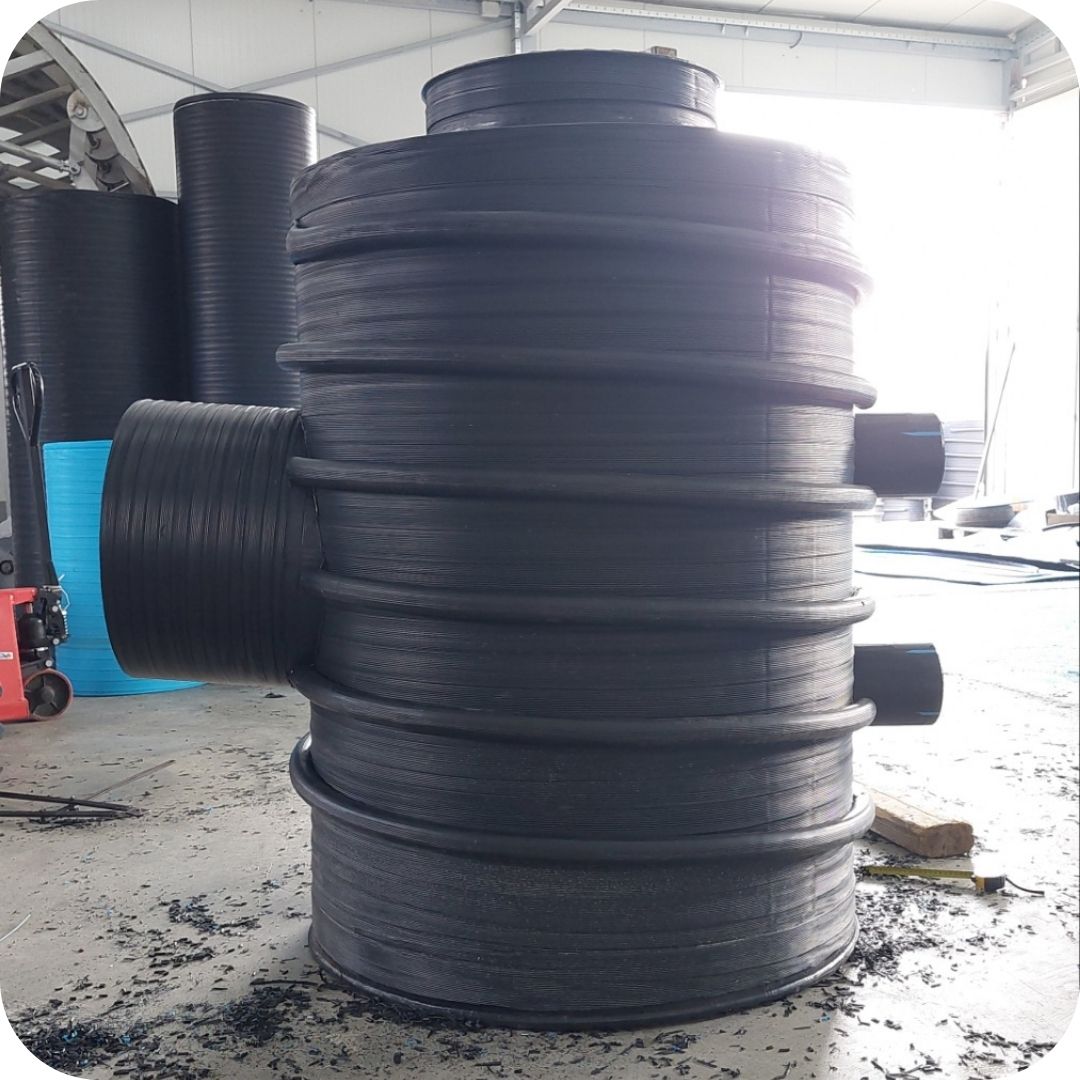Plastic Sewer Manholes
Sewer manholes, also known as inspection chambers, are essential components of sewage systems that provide access for inspection, maintenance, and cleaning of the sewer network. They are strategically placed at key points in the system, such as changes in direction, slope, or where multiple pipelines converge.
Sewer manholes are designed to offer a safe and easily accessible route to the sewer pipes underground.









